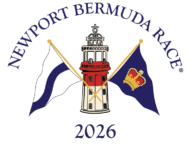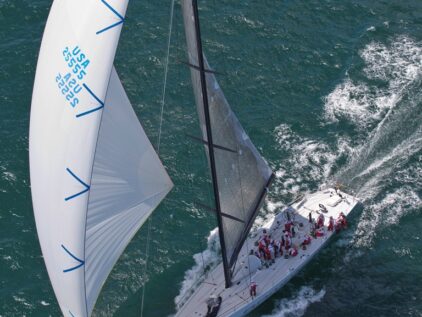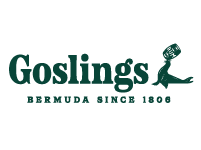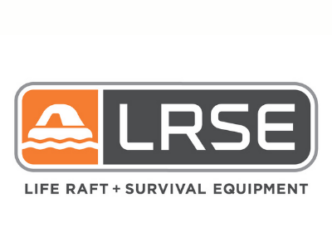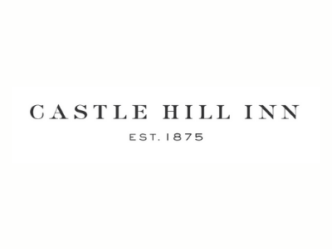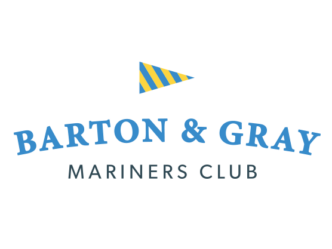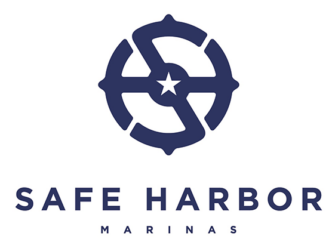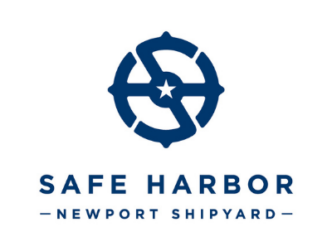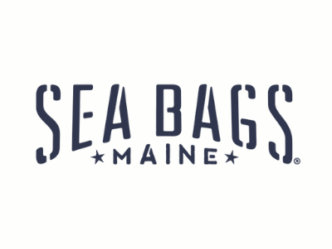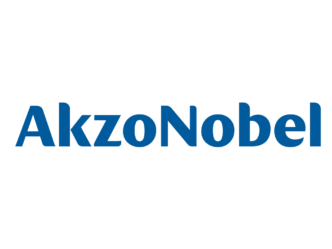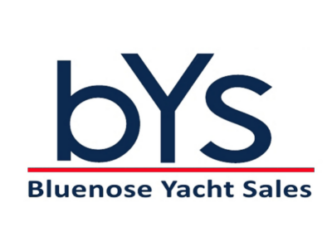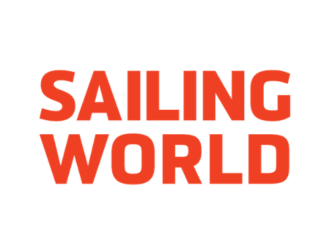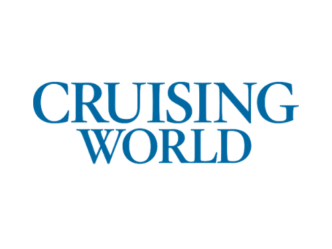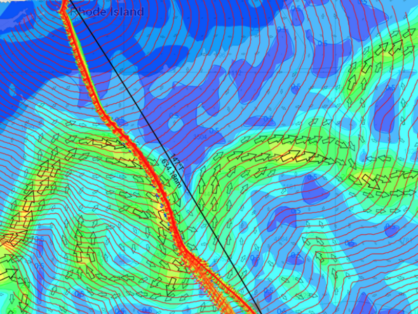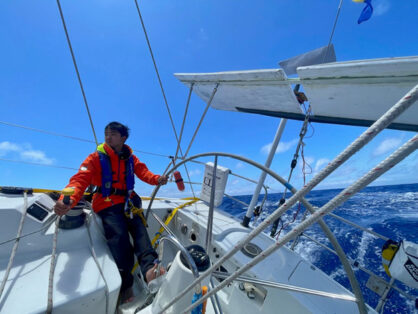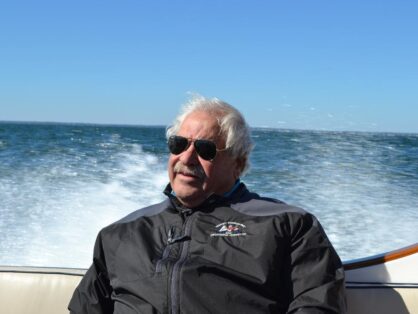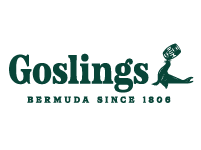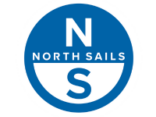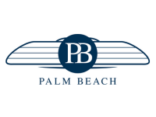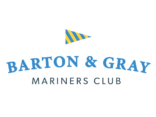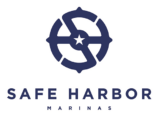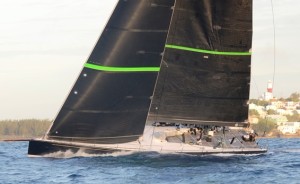
The Bermuda Race has seen many duels for first to finish. Hap Fauth’s Bella Mente and George Sakellaris’ Shockwave finished just two minutes and then seven minutes apart in 2012 and 2014. Over the years the elapsed time record has been whittled down from three days to a day and a half.
1956: Bolero Breaks the Record (8.8 knot average speed)
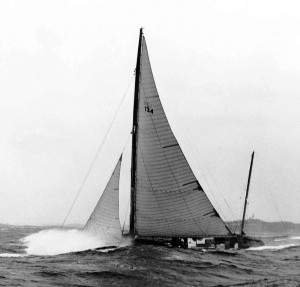
From 1938 to 1962, the first boat to St. David’s in eight of the 10 races was had one of the powerful Sparkman & Stephens near-sisterships of about 72 feet LOA—Baruna, Bolero, and Venturer. The duels between these big sleek yawls was accompanied by a hearty sportsmanlike spirit. After Bolero was first to finish in 1950 and anchored off Royal Bermuda Yacht Club (the marina was built later), Baruna owner Henry Taylor sent this generous note to her owner, John Nicholas Brown:
“Ain’t it a grand and glorious sensation to cross the finish line first and get the wonderful welcome which they give you off St. David’s Head, and then to be anchored alone in your glory in Hamilton Harbor?”
In the windy 1956 race Bolero and Venturer were bunched as they attacked the elapsed time record of 71 hr., 35 min. (8.8 knots ave. speed) set in 1932 by Frank Paine’s Highland Light. Commanded by a new owner, Swedish sailor Sven Salen, Bolero’s largely amateur crew had their challenges. When the headstay turnbuckle snapped, the crew ran jib halyards out to the bow. Bolero caught Venturer in the final 25 miles, and, blasting out of the fog, finished in a time of 70 hr., 11 min. (9 knots). Venturer also broke the old record.
New elapsed time records were set in 1974 by Huey Long’s ketch Ondine (9.4 knots) and 1982, when Marvin Green’s Nirvana (10.2 knots).
1996: Boomerang Chases Jason’s Fleece (11 knots)
George Coumantaros loved big boats and racing them to Bermuda. “The Bermuda Race is closer to George’s heart than anything else he did sailing,” his regular watch captain, Jeffrey Neuberth has said. “He started racing down there in 1952 and did every one through 2002. That’s 26 races.” His sportsmanship was legendary. One year, after finishing the race second behind Windward Passage, he heard she had engine problems and towed her to the island. As they approached Two Rock Passage, Coumantaros ordered the tow line cast off and stopped his boat so Passage would have the honor of being first boat into Hamilton Harbor.
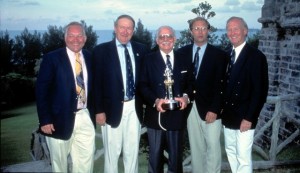
After leading th fleet to Bermuda three times, Coumantaros was 72 when, with hopes of winning the 1996 race on both elapsed and corrected time, he built a new Boomerang designed for the reaching conditions often found on the Bermuda Race course. In order to qualify for the St. David’s Lighthouse Trophy, he recruited a mostly amateur crew.
Finishing at 1130 Sunday night, with a new record time of 57 hr., 31 min. (11 knots), the new Boomerang was the first boat to complete a Bermuda Race in a long weekend. She also won on corrected time. At the award ceremony at Government House, Coumantaros told the crowd, “We’ve been like Jason chasing the Golden Fleece. . . . I’d like to give all who sail for the Lighthouse Trophy some advice: don’t despair, keep trying, and if you don’t win it by the time you are 75, withdraw.”
This advice encouraged the dead-last skipper in 1996, Michael Cone of Annapolis, to keep trying in his yawl Actaea. They won the St. David’s Lighthouse Trophy in 2014.
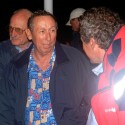
2002: Pyewacket in a Rough One (11.8 knots)
Roy Disney brought his 75-footer Pyewacket, the Transpac Race record holder, to the East Coast to thrash to Bermuda—and they got a real one. It was so wild in the Gulf Stream that Pyewacket and other boats were intentionally slowed to prevent damage. And yet Pyewacket set a new record of 53 hr., 29 min. (11.8 knots). (Two years later, a boat in the Open Division, Morning Glory, clipped nine hours off that record, but she has an asterisk in the record books because she had a canting keel.)
2012: Rambler averages 16 knots
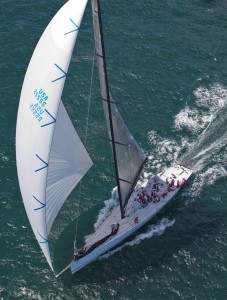
In a fresh northerly, six boats broke the record, led by George David’s 90-footer Rambler with a time of 39 hr., 39min. (16 knots). After she finished, David received the traditional, post-finish bottle of Champagne from the commodores of the Royal Bermuda Yacht Club and the Cruising Club of America. The race was a reach all the way for most boats, with exhilarating sailing in a fresh to strong northerly. Larry Glenn’s J-44 Runaway’s time was just five hours shy of Bolero’s 1956 record.
Scott King reported that his boat, Team Tiburon, felt slow when the speed dropped to 11. “I’ve been in boats where 11 knots was not even part of the plan. Just before we entered the Stream we saw a long streak of phosphorescence, as though a full moon was out. Dolphins were torpedoing through all this, right in front of us.”
There's much more about the Bermuda Race and its nearly 110-year history in the book A Berth to Bermuda, published by Mystic Seaport and the Cruising Club of America and written by John Rousmaniere, who wrote these sketches.
![]()
